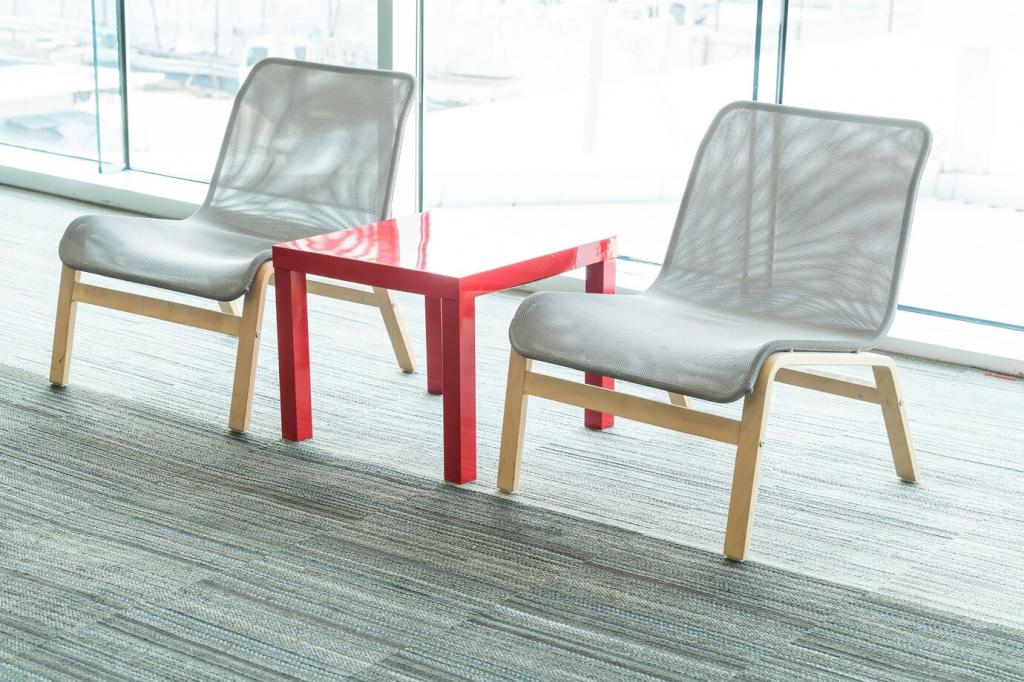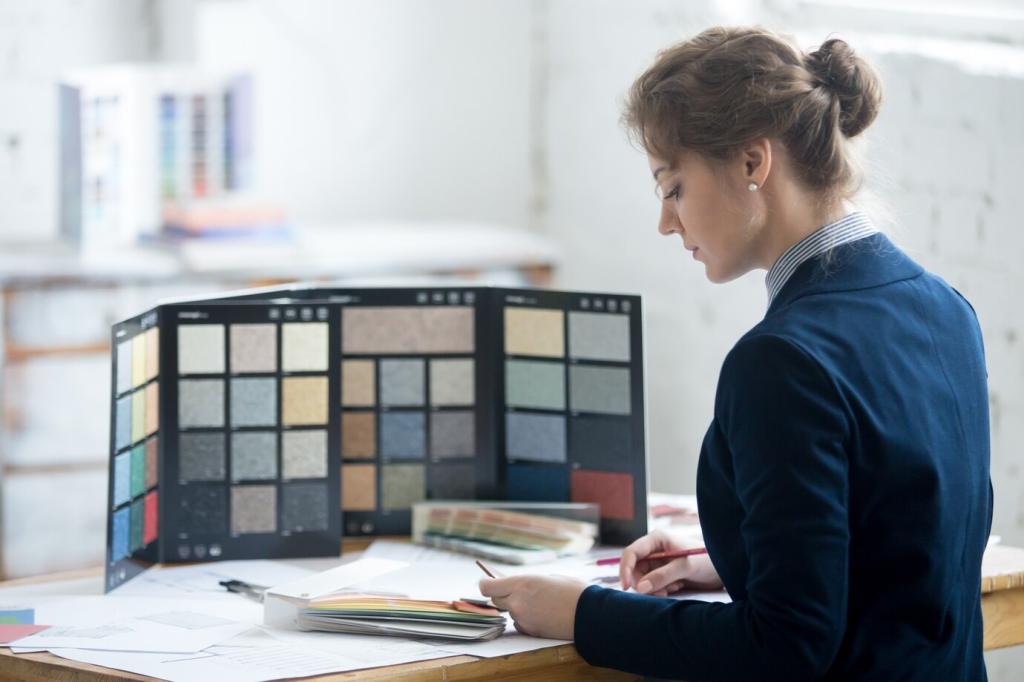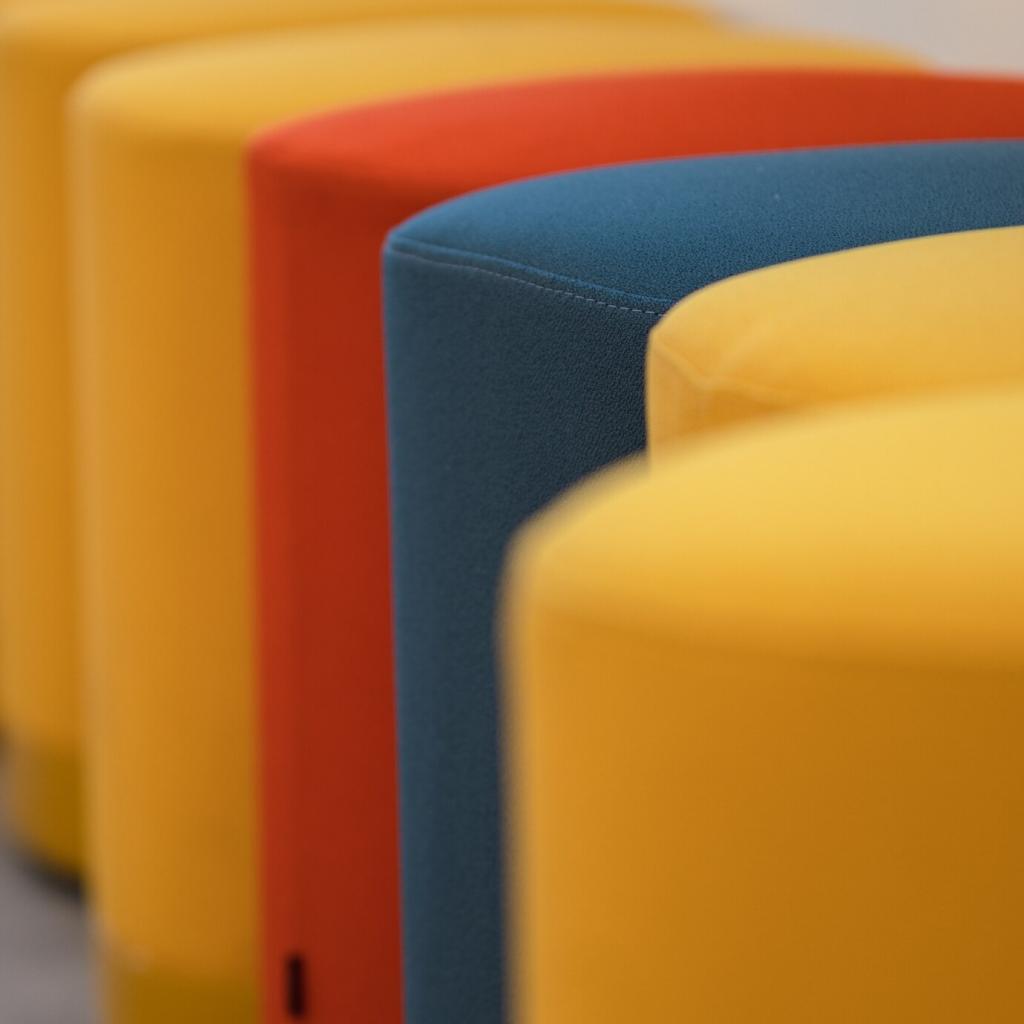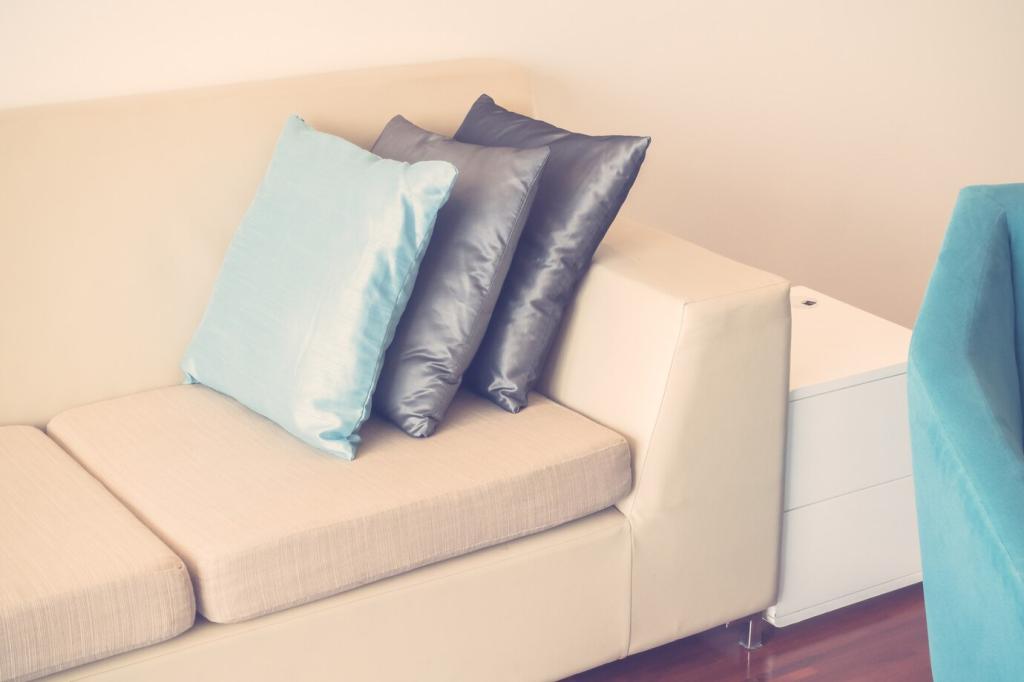
Cultural Variations in Sofa Materials and Craftsmanship
Today’s chosen theme: Cultural Variations in Sofa Materials and Craftsmanship. Explore how geography, tradition, and lived rituals shape what we sit on—and why it feels like home. Share your perspective and subscribe for future cultural deep dives.
Materials Across Continents: How Sofas Reflect Place
In Scandinavia, birch frames and felted wool express a spare, human warmth. The materials age quietly, absorbing light during long winters. Designers favor breathable weaves and removable covers, inviting seasonal care instead of disposable habits.
Japanese sofas often nod to floor culture: lower profiles, firm cushions, and frames using mortise-and-tenon joinery. The quiet geometry respects tatami proportions, while natural fabrics—hemp, cotton, washi blends—breathe, age gracefully, and encourage mindful sitting rituals.
In coastal West Africa, rattan’s flexibility meets handwoven cloth, often indigo-dyed using fermented vats. Frames breathe in humid climates, while textiles narrate lineage through motifs. Seating becomes a living archive of dye pits, markets, and celebrations.
Techniques That Tell Time: Craftsmanship Traditions
Hand-tied eight-way springs create buoyant, long-lived support, prized in English and American ateliers. Elastic webbing, common in Italian modernism, offers lighter frames and quicker builds. Each choice balances resilience, comfort philosophy, and maintenance culture.
Comfort Philosophies Shaped by Culture

Low Gatherings: Majlis and Floor-Level Hospitality
In Gulf and Levant traditions, low seating lines walls to welcome many guests. Firm cushions support conversation, tea, and storytelling. The sofa becomes architecture, turning rooms into circular stages for generosity and shared memory.

Modular Modernism: European Apartment Logic
Postwar Europe embraced modular sofas to adapt to compact apartments and evolving family life. Lightweight frames, corner units, and reversible chaises enable quick reconfiguration. Flexibility is comfort—furniture negotiated like urban space, responsive to change.

The American Lounge: Generous Cushions and Movie Nights
Deep seats, plush foams, and performance fabrics reflect a culture of lounging and entertainment. Oversized arms cradle snacks and laptops. Comfort prioritizes sprawling, multitasking evenings, where the sofa becomes both screen partner and sanctuary.
Color, Pattern, and Storytelling Fabrics
01
Brocades shimmer with courtly ancestry, while ikat’s blurred edges reveal resist-dye mastery from Central Asia to Southeast Asia. On sofas, these fabrics carry diplomacy, caravan routes, and the patience of loom-sung hours into contemporary rooms.
02
Neutral linens and grays amplify scarce winter light, pairing with pale woods to quiet the eye. Texture substitutes for bright color: nubby bouclé, brushed wool, and linen slub whisper warmth without overwhelming small, sun-thirsty spaces.
03
Highland palettes and Otomi motifs burst with animal figures and flora, stitched by hand. On sofas, they celebrate communal craft economies, weddings, and festivals. Every cushion becomes a chorus of mountains, markets, and resilient artistry.
Climate, Ecology, and Material Choices
Tropics: Ventilated Weaves and Mold-Savvy Finishes
Open rattan and cane allow airflow, while quick-dry foams resist mildew. Natural oils protect wood without suffocating it. In monsoon zones, zip-off covers and shaded verandas extend life, transforming maintenance into an everyday, communal practice.
Deserts: Breathable Leathers and Sun-Softened Patinas
Vegetable-tanned leathers breathe in dry climates, developing buttery patina under filtered sun. Wool throws regulate temperature at night. Makers choose tight grains and natural dyes, avoiding finishes that crack when humidity drops for months on end.
Coastal Storms: Corrosion, Salinity, and Resilient Frames
Near salt air, stainless fasteners, marine-grade plywood, and sealed joints matter. Removable slipcovers help combat salt-laden breezes. Communities trade tips seasonally, proving that a sofa’s durability is as cultural as it is technical.

Heritage Wool, Alpaca, and Local Fibers
From Icelandic sheep to Peruvian alpaca, local fibers reduce transport and preserve pastoral knowledge. Spinning cooperatives sustain rural livelihoods. On sofas, they regulate temperature naturally, proving comfort and conscience can share the same seat.

Vegetable-Tanned Leathers and Time-Honored Tanners
Tuscan pits, Moroccan medinas—vegetable tanning shuns chrome and embraces tannins from chestnut, mimosa, or oak. The process is slower, but the leather breathes, ages beautifully, and supports apprenticeships that keep endangered skills alive.

Repair, Reuse, and Cultural Patience
Kintsugi-like philosophies echo in upholstery: visible mends, patchwork covers, re-stuffed cushions. In Britain, reupholstery is a rite; in Japan, mottainai discourages waste. Repair binds us to objects—and to the hands that shaped them.
Before sunrise, Youssef skims vats, checks hides, and jokes with neighbors about the day’s dye. His leather later becomes sofa arms that smell faintly of cedar—carrying medina mornings into distant living rooms.
